Just how to write an exposition paper properly and what errors can’t be done
Exposition is some sort of penned work that takes an intermediate position between dictation and composition. The presentation is a work with perception, comprehension, transmission of this content associated with text, also its artistic and features that are stylistic.
In line with the nature associated with the text material, several kinds of expositions are distinguished:
- Narrative (with plot, plotted content)
- Descriptive (or with description elements)
- Statement-reasoning (or with elements of thinking)
Typically, a mix of a few kinds is seen in texts. Thus, when you look at the narrative text elements associated with description in many cases are included, in descriptive texts there clearly was ordinarily a thinking, plus in the exposition-reasoning there sometimes is both a description and a narrative. It is vital to help you to tell apart one or any other kind of presentation from the text, since every one of them has its very own peculiarities that are own.
Narrative or plot presentation
Narrative or plot, presentation could be the kind that is simplest of work. It may cope with current occasions, the lifetime of individuals (or metropolitan areas, nations, etc.), the type of some kind of task, etc. The narrative is normally creative, but maybe solely informative. The main story in the narrative is custom writings information on successive activities.
The typical mistake of narratives is an unjustified repetition of words into the original area of the declaration containing exactly the same style of information. To avoid this, it is crucial to concentrate on the way the professional authors do without repeating the text showing the actor or the series of occasions. You have to bear in mind a regularity that is certain the utilization of verbal kinds.
To effectively deal with the narrative text, you will need to clarify its theme and also the main concept (it is sometimes enclosed when you look at the title associated with the text). Then chances are you need to spot micro-topics and attempt to go every one of them. The work from the presentation is systematized if the entrant answers for himself the questions that are following
- 1. Will there be information in all the fragments, without which all of the subsequent narrative will be incomprehensible?
- 2. What information on the activities are very important for the development of the action, for the disclosure for the idea that is main and those that may be omitted? Why?
- 3. Just How may be the thought expressed in each fragment developed more concisely?
- 4. So how exactly does the author relate genuinely to the figures?
- 5. Which ones could be called the primary character? How can this character relate with the idea that is main of text?
Descriptive exposition paper
Descriptive exposition is an even more complex (or even probably the most complex) sort of work. A state, an external portrait of a person, etc.) and its signs in descriptive exposition there is always a static picture conveying the detailed image of an object (a phenomenon.
When composing this particular presentation, it’s important to not ever lose sight of every object, everything that makes up the picture that is overall.
To reproduce the writing from the description regarding the subject, you’ll want to think about concerns:
- 1. Do you know the information on the topic and just why were they selected for the show?
- 2. What indications of this info are drawn when you look at the text?
- 3. Just How are these symptoms grouped (compared)?
- 4. Exactly What language tools are employed?
Within the responses to those concerns, preparation when it comes to exposition-description is manufactured. Work they must be described in strict unity, which draws the whole picture on it is related to the ability to distinguish between essential and nonessential attributes. Whenever we are chatting, for instance, in regards to the number of books, images, collections of stamps, badges, etc., libraries, museums, places associated with native land and when through the work with their description the memory “failed” while the text just isn’t captured completely, erudition might help away: individual impressions or additional knowledge of this type may help written down the presentation.
Exposition-reasoning paper
The kind that is last exposition-reasoning. This type of work most complicates the entrants. Analytical reasoning, the capability to respond to not just the relevan concern ” What and where is going on?”, but in addition the relevan questions “Why is occurring?”, “which are the origins of what exactly is occurring?”, ” What as time goes on?” Often helps quite definitely.
Focus on this sort of presentation requires the solution of several issues:
- 1. showcasing in the text of all of the aspects of reasoning;
- 2. clarification associated with the idea that is main of utterance;
- 3. constructing arguments with complex arguments;
- 4. variety of language facilities;
- 5. reproduction of this text from a third party;
- 6. building their own reasoning, justifying the final outcome from exactly what has been stated.
Exposition-reasoning assists the introduction of rational reasoning, accustoms them to deploying arguments, substantiating their roles, along with to precise wording associated with the theses submit into the work, clearly determining the objective of the utterance.
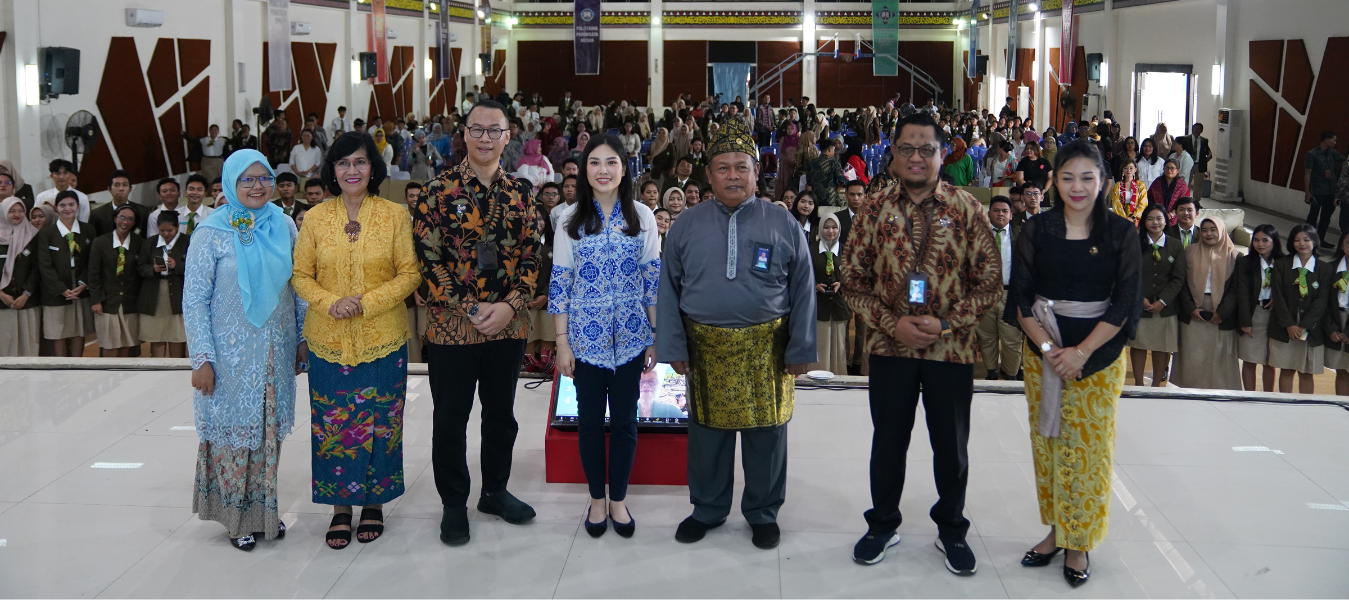


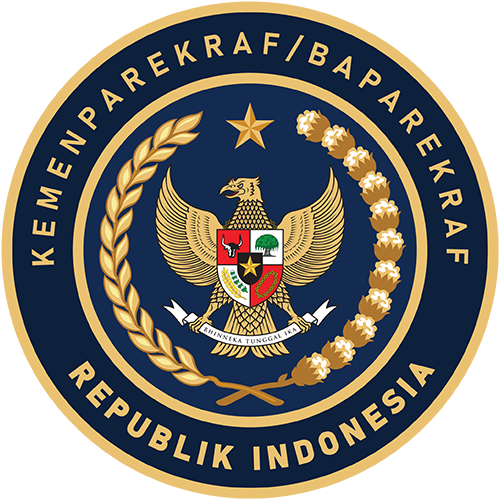
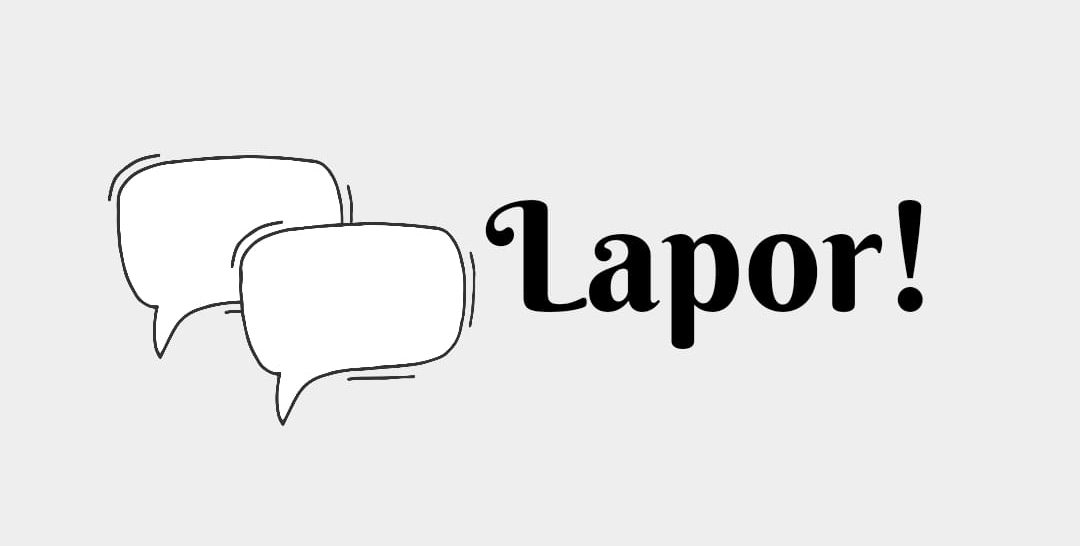
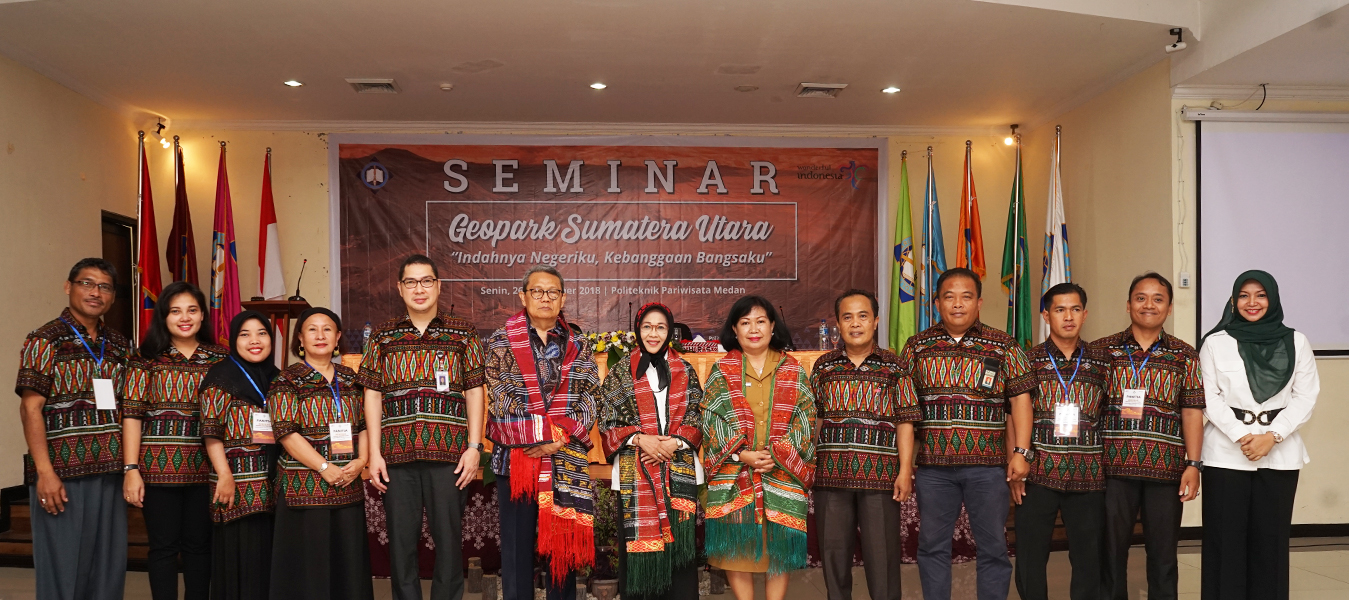

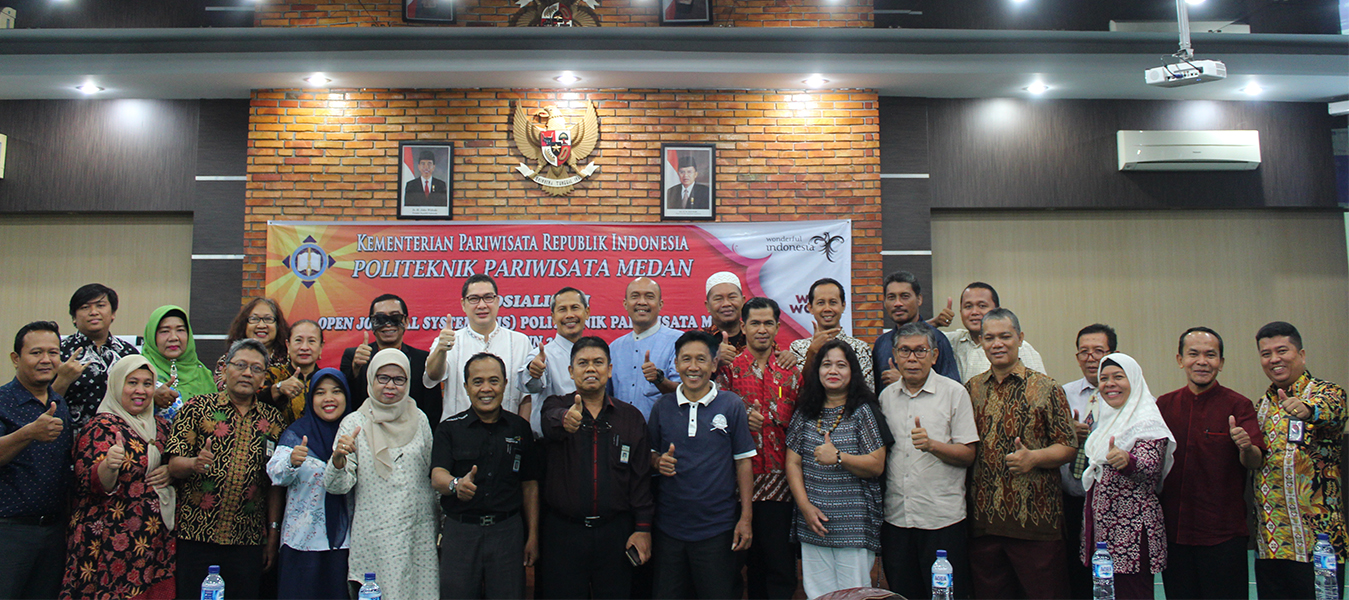
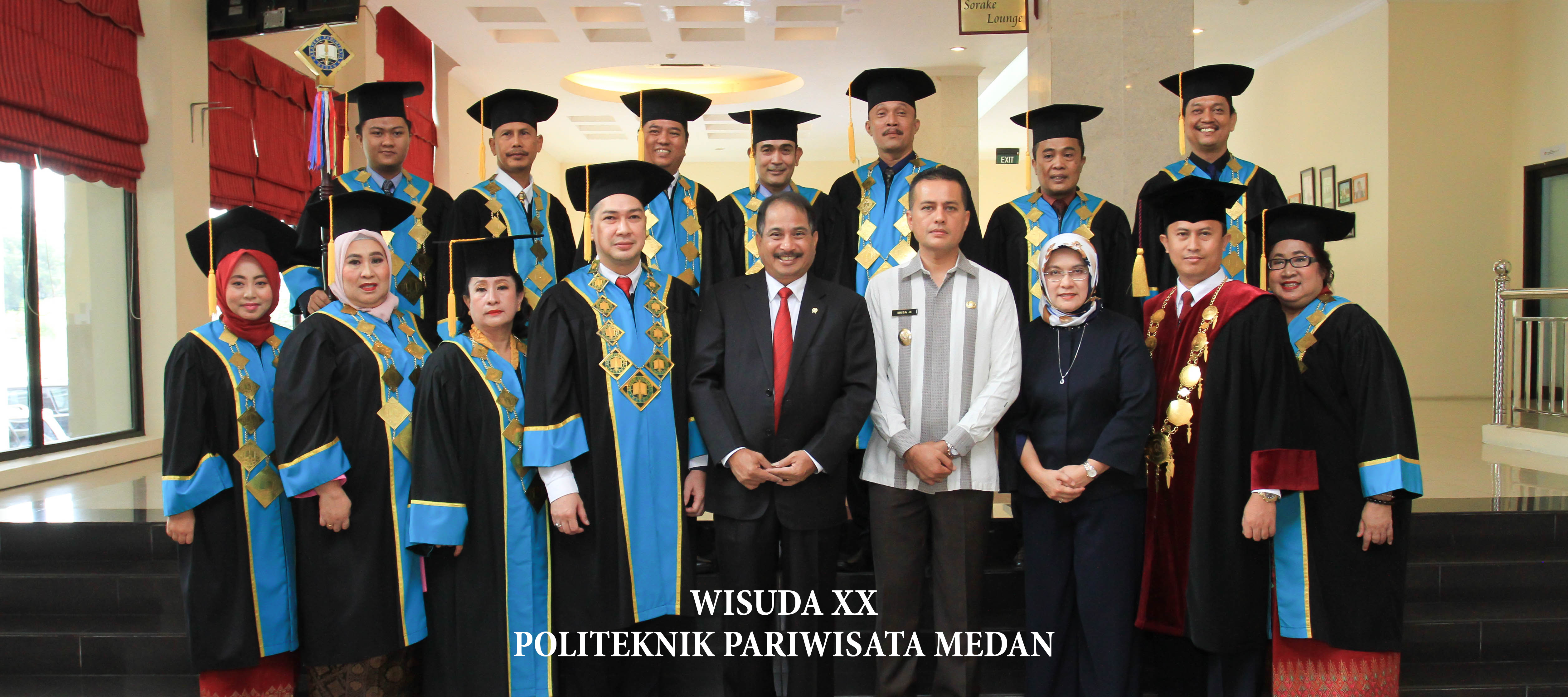
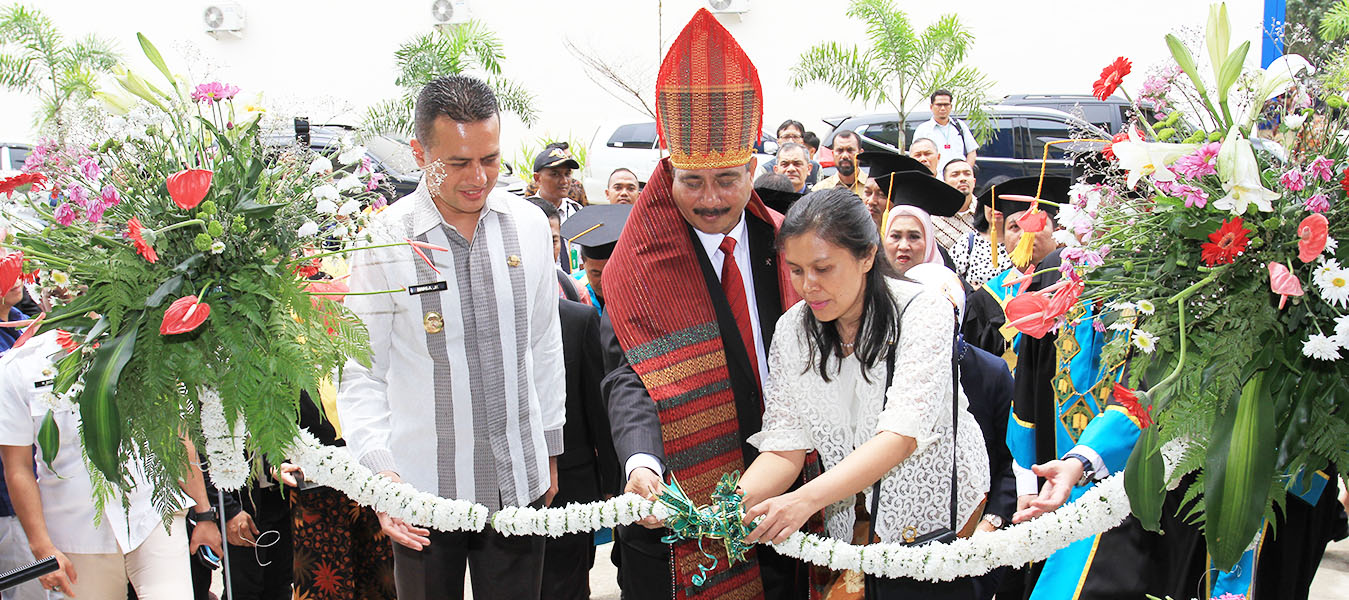

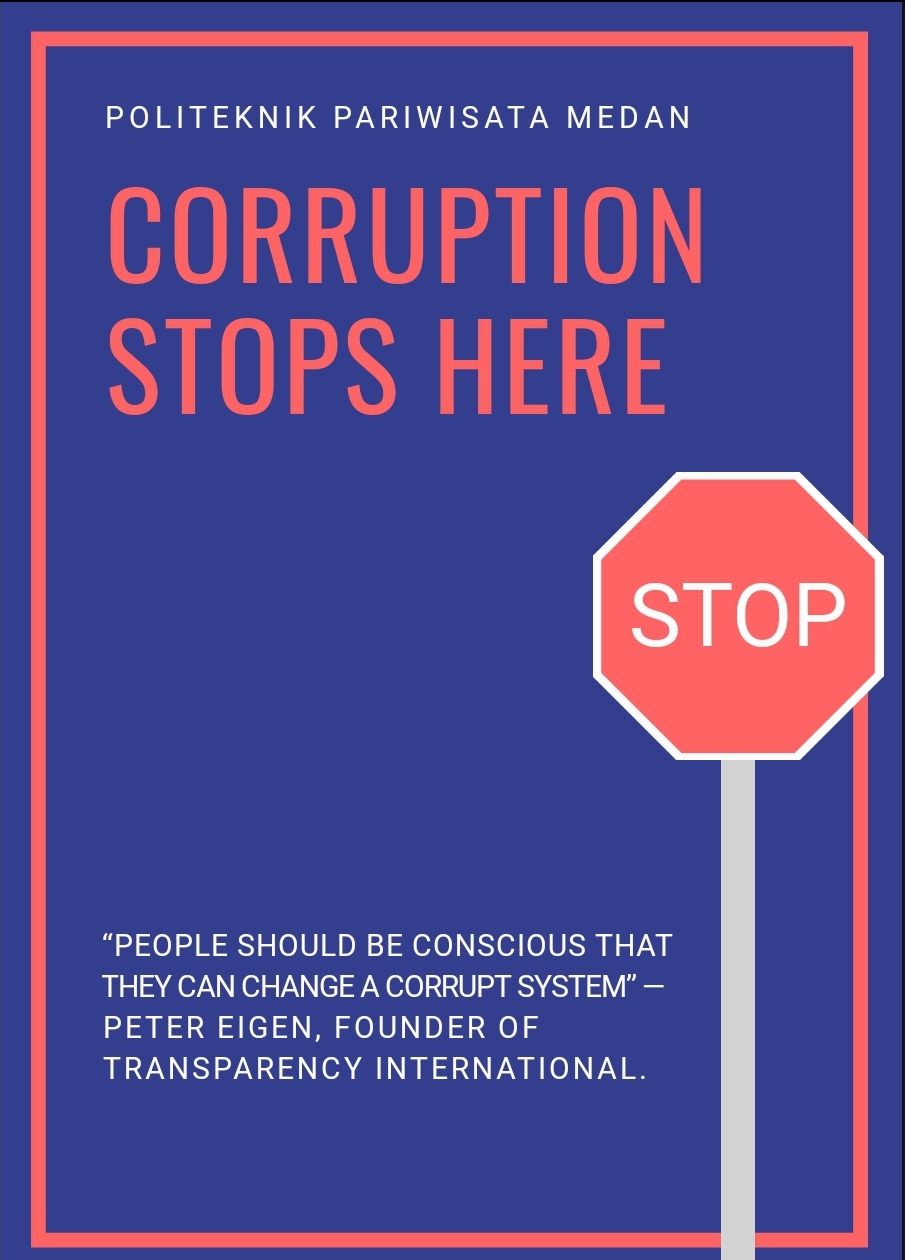
About the author